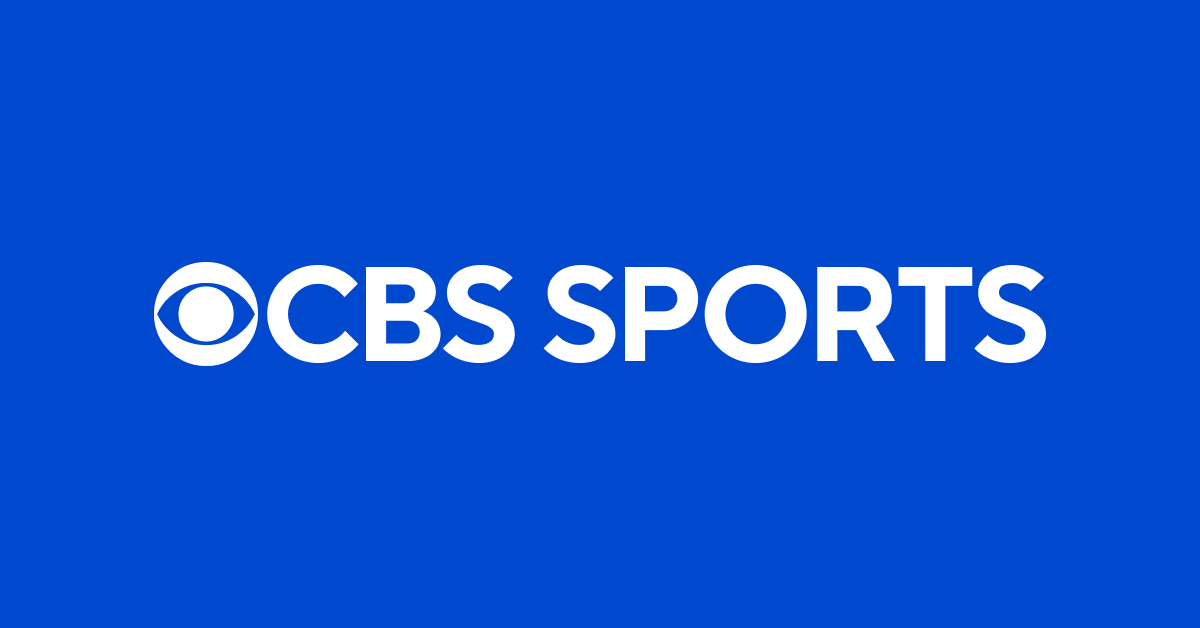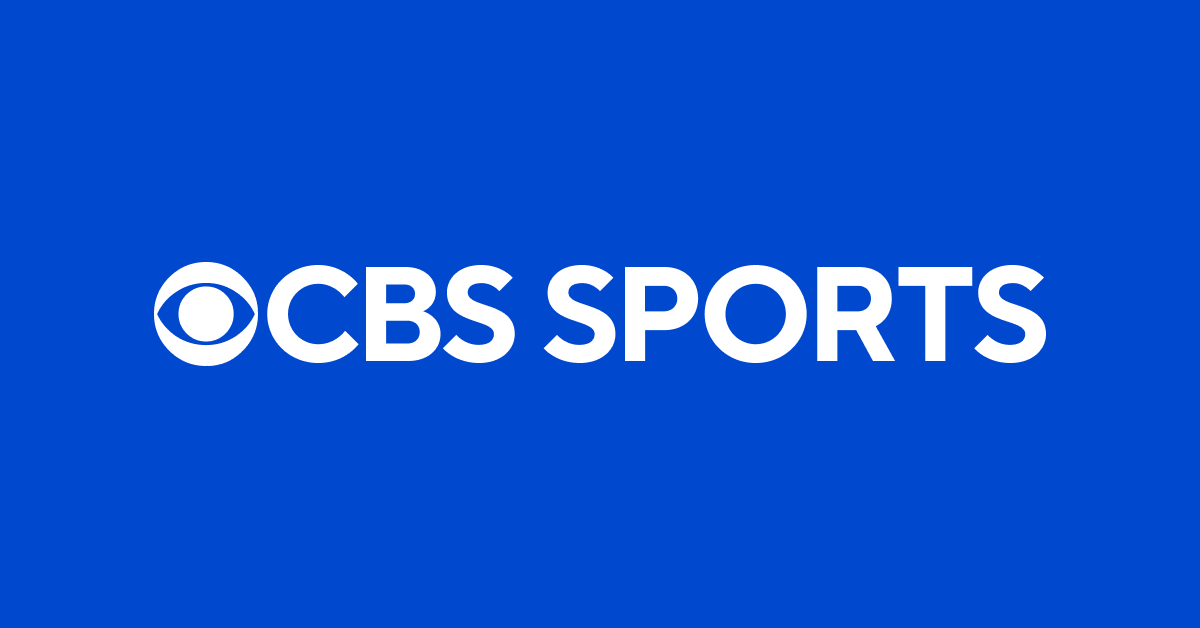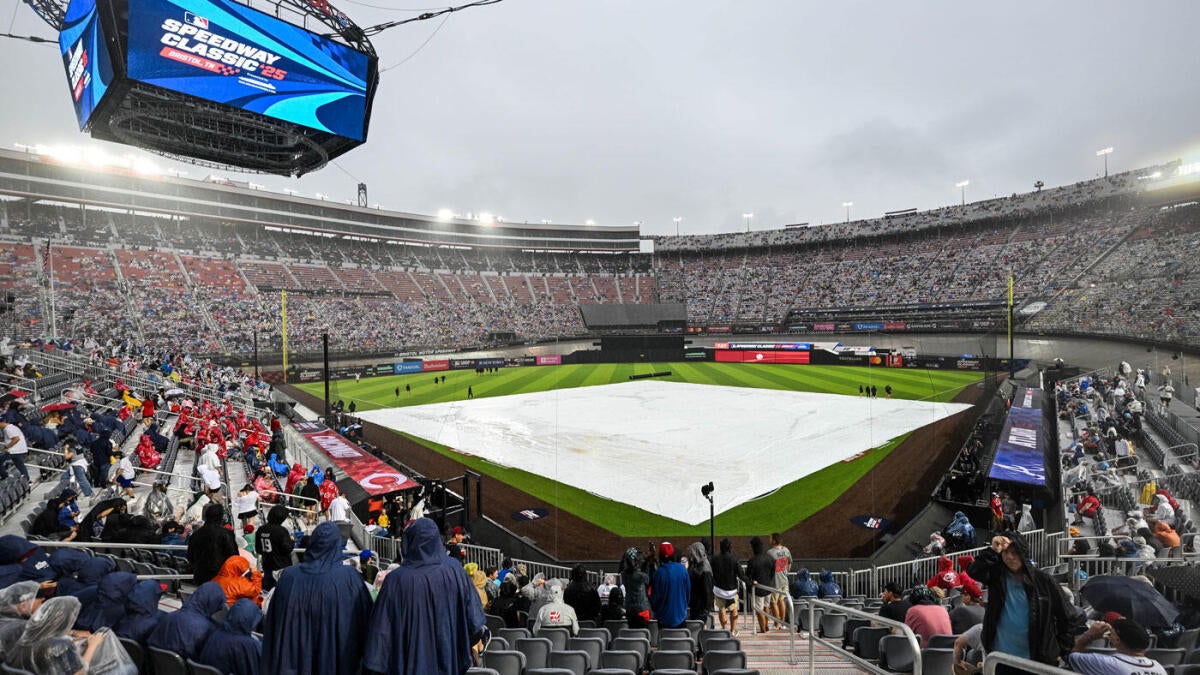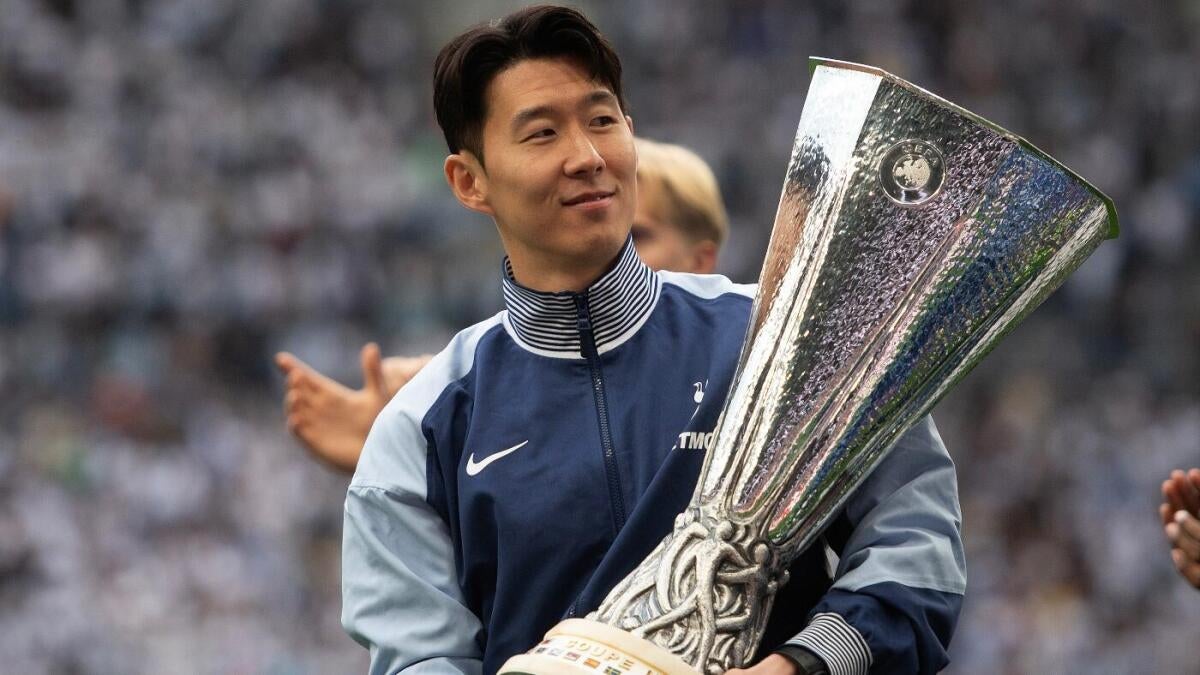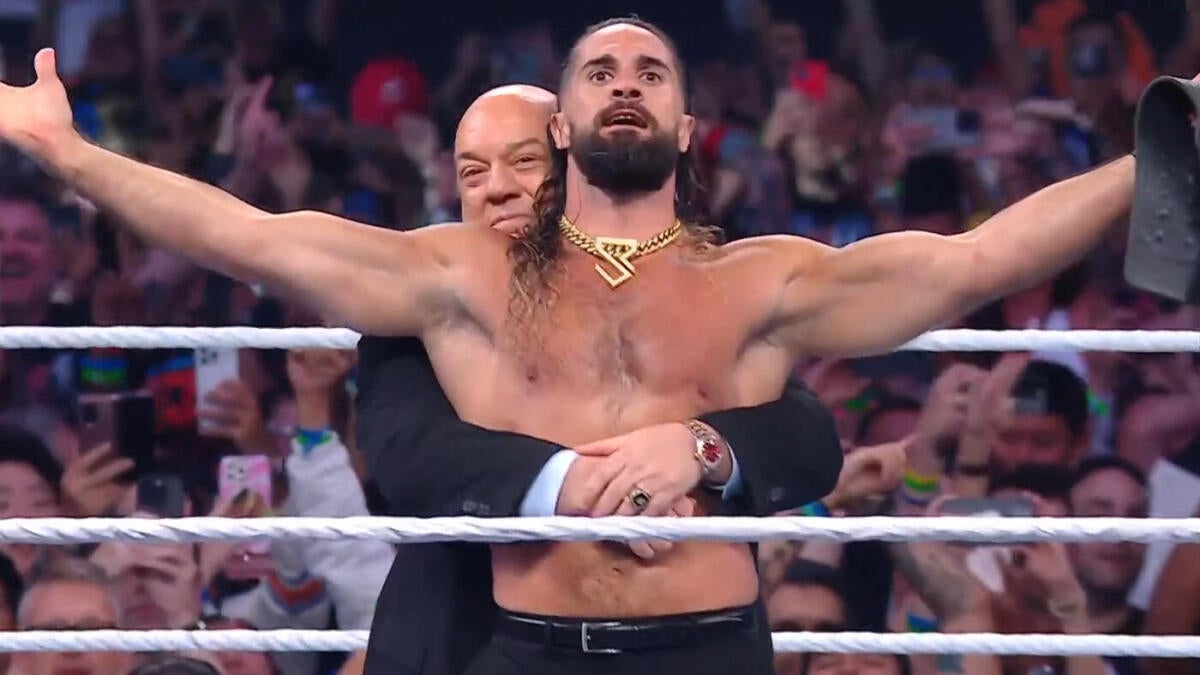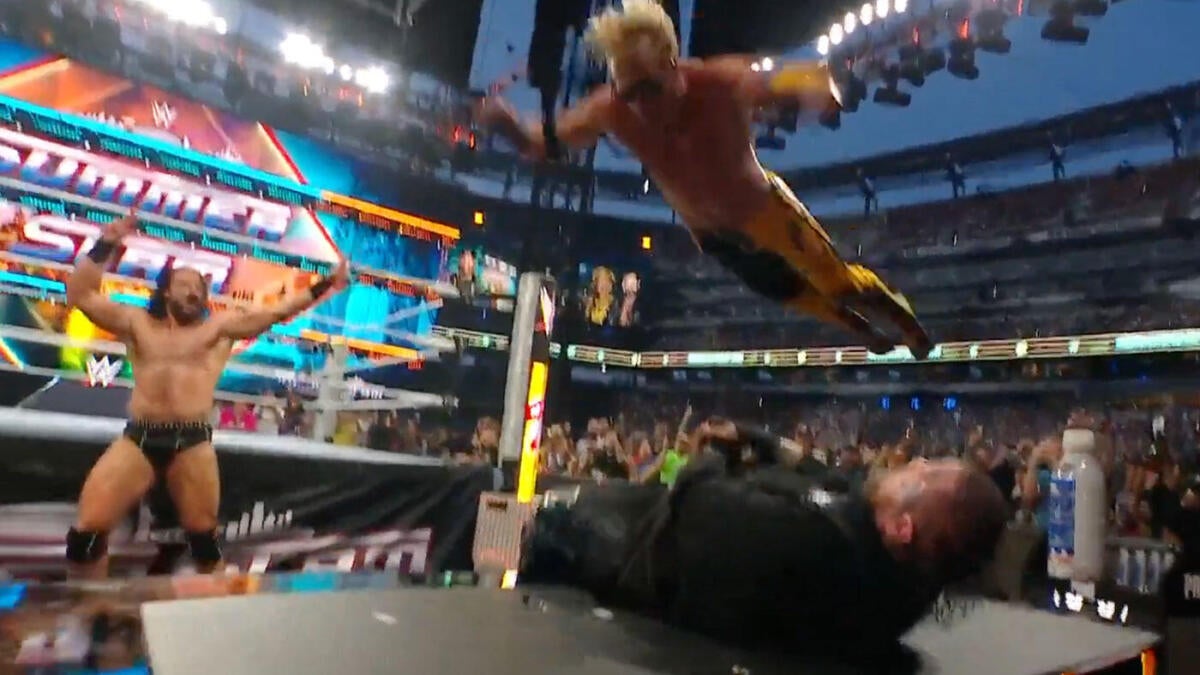The Parsons Paradox: A Deep Dive into the Cowboys’ Dilemma
Introduction: The Storm Brewing in Dallas
The Dallas Cowboys, a franchise that thrives on both triumph and turmoil, are once again at the center of a high-stakes drama. This time, the spotlight is on Micah Parsons, the team’s defensive linchpin and a generational talent whose request for a trade has sent shockwaves through the NFL. The situation is more than just a contract dispute; it’s a complex interplay of trust, respect, and the delicate balance of power between a star player and an iconic franchise. This report aims to unravel the layers of this unfolding saga, exploring the motivations behind Parsons’ request, the implications for the Cowboys, and the potential paths forward.
The Roots of Discontent: Beyond the Numbers
Contract negotiations are often reduced to a simple equation of dollars and cents, but the Parsons situation is far more nuanced. Parsons’ grievances extend beyond financial compensation, touching on issues of trust, respect, and communication. His public statement revealed several key concerns that have fueled his dissatisfaction:
Closed-Door Negotiations and Broken Trust
Parsons expressed a reluctance to engage in contract talks without his agent present, a stance that suggests a breakdown in trust between him and the Cowboys’ management. This lack of transparency has left him feeling undervalued and potentially manipulated. In the high-stakes world of professional sports, trust is a fragile commodity, and once broken, it can be difficult to repair.
Injury Narratives and Lack of Support
Parsons’ frustration with “shots taken at me for getting injured while laying it on the line for the organization” highlights a deeper issue: the perception of a lack of support from the team. Injuries are an inevitable part of professional football, and players expect their organizations to stand by them during these challenging times. If Parsons feels that the Cowboys have questioned his commitment or downplayed the severity of his injuries, it could significantly impact his morale and willingness to sacrifice for the team.
Media Narratives and the Battle for Control
Parsons’ displeasure with “narratives created and spread to the media about me” points to a broader issue of control. In the age of social media and 24-hour news cycles, the narrative surrounding a player can be a powerful tool in negotiations. Parsons seems to believe that the Cowboys have used this tool against him, potentially leaking or misrepresenting information to gain an upper hand. This battle for control extends beyond the negotiation table and into the public sphere, where perceptions can shape realities.
Lack of Formal Negotiation and the Illusion of Progress
Parsons’ feeling that early contract discussions with Jerry Jones lacked the formality and seriousness he expected underscores the importance of perception in negotiations. Even if the Cowboys were making progress behind the scenes, the lack of a structured, formal process may have left Parsons feeling that his concerns were not being taken seriously. This perception can be just as damaging as the reality, as it fuels frustration and mistrust.
Jerry’s Gamble: A High-Stakes Poker Game
Jerry Jones’ seemingly dismissive response to Parsons’ trade request raises questions about his strategy and risk tolerance. While publicly projecting confidence, Jones may be playing a dangerous game. Several factors could be influencing his approach:
Leverage: The Cowboys’ Upper Hand
The Cowboys hold considerable leverage in this situation. Parsons is under contract for the 2024 season, and the team can exercise a fifth-year option for 2025. Furthermore, the franchise tag remains a viable option in 2026, giving the Cowboys control over Parsons’ future for the next three seasons. Jones may be betting that Parsons will ultimately back down rather than sit out or risk damaging his reputation. However, this strategy carries significant risks, as alienating a player of Parsons’ caliber could have severe consequences.
Precedent: The Danger of Setting a Precedent
Jones may be wary of setting a precedent by caving to Parsons’ demands, fearing it could embolden other players to adopt similar tactics in future contract negotiations. Maintaining control and projecting an image of strength are often priorities for owners. However, this approach could backfire if it leads to a prolonged and acrimonious dispute that damages the Cowboys’ reputation and team morale.
Financial Considerations: Balancing the Books
The Cowboys are facing salary cap constraints and have other key players to consider for extensions, including quarterback Dak Prescott and wide receiver CeeDee Lamb. Jones may be attempting to manage the team’s long-term financial health by delaying or minimizing Parsons’ contract. However, this strategy could prove shortsighted if it leads to the loss of a generational talent.
Negotiation Tactic: The Art of the Bluff
Jones’s nonchalant attitude could also be a calculated negotiation tactic, aimed at reducing public pressure and signaling that the Cowboys are not desperate to reach a deal. However, this approach risks alienating Parsons and further damaging the relationship between the player and the organization.
The Potential Suitors: A League Full of Opportunities
While the Cowboys have publicly stated they have no intention of trading Parsons, the reality is that nearly every team in the NFL would covet his services. A hypothetical trade scenario would likely involve a massive haul of draft picks and potentially established players. Some potential suitors could include:
Teams with Cap Space and Draft Capital
Teams like the Chicago Bears, with ample cap space and a treasure trove of draft picks acquired through trades, could be aggressive in pursuing Parsons. These teams have the financial flexibility and draft capital to make a compelling offer, potentially enticing the Cowboys to part with their star defensive player.
Contenders Seeking a Defensive Edge
Teams like the Green Bay Packers, on the cusp of contention, could see Parsons as the missing piece to elevate their defense and Super Bowl aspirations. These teams are already competitive and have the infrastructure to support a player of Parsons’ caliber, making them attractive landing spots.
Teams Desperate for a Star
Teams like the New York Jets, constantly searching for a franchise-altering player, might be willing to overpay for Parsons’ talent and marketability. These teams are often willing to take on significant financial commitments and trade assets to acquire a player who can change the trajectory of their franchise.
However, any trade would be contingent on the Cowboys’ willingness to part with Parsons, as well as his own willingness to play for the acquiring team. Parsons’ happiness and commitment are paramount in any equation.
The Road Ahead: Navigating a Delicate Situation
The Parsons-Cowboys standoff presents a complex challenge with no easy solutions. To avoid a potentially disastrous outcome, both sides must find a way to bridge the divide and rebuild trust.
For the Cowboys: A Path to Reconciliation
The Cowboys must take proactive steps to address Parsons’ concerns and rebuild the relationship. This includes:
- Acknowledging Parsons’ Concerns: Publicly addressing Parsons’ grievances and demonstrating a willingness to listen and understand his perspective is a crucial first step.
- Engaging in Transparent Negotiations: Ensuring that all future contract discussions are conducted with Parsons’ agent present and with full transparency regarding the team’s financial constraints and priorities.
- Showing Appreciation: Demonstrating a genuine appreciation for Parsons’ contributions to the team, both on and off the field. This could involve public praise, team-building activities, and a commitment to supporting his personal and professional goals.
- Addressing Media Leaks: Investigating and addressing any potential leaks to the media that may have contributed to the negative narratives surrounding Parsons.
For Micah Parsons: A Path to Resolution
Parsons must also take steps to navigate this challenging situation. This includes:
- Maintaining Professionalism: Despite his frustrations, it is important for Parsons to maintain a professional demeanor and avoid actions that could further damage his reputation or the team’s morale.
- Communicating Openly: Continuing to communicate his concerns directly to the Cowboys’ management, but doing so in a constructive and respectful manner.
- Focusing on Football: Ultimately, Parsons’ value is tied to his on-field performance. Focusing on playing at his highest level will strengthen his position and demonstrate his commitment to the team.
- Considering Compromise: Being willing to compromise on certain aspects of the contract negotiations, recognizing the team’s financial constraints and long-term goals.
Conclusion: A Crossroads of Legacy
The Micah Parsons saga represents more than just a contract dispute; it is a test of the Cowboys’ organizational culture, their ability to manage talent, and their commitment to winning. Jerry Jones’ legacy is intertwined with the success of the Cowboys, and how he handles this situation will undoubtedly shape his place in NFL history. Will he double down on his hard-line approach, potentially sacrificing a generational talent in the process? Or will he find a way to mend fences with Parsons, secure his long-term future with the team, and continue the Cowboys’ pursuit of a Super Bowl title? The answer to this question will have profound implications for the Cowboys’ future, and the NFL landscape as a whole. Only time will tell if the “Parsons Paradox” can be resolved, or if it will become another chapter in the Cowboys’ storied history of drama and missed opportunities.







